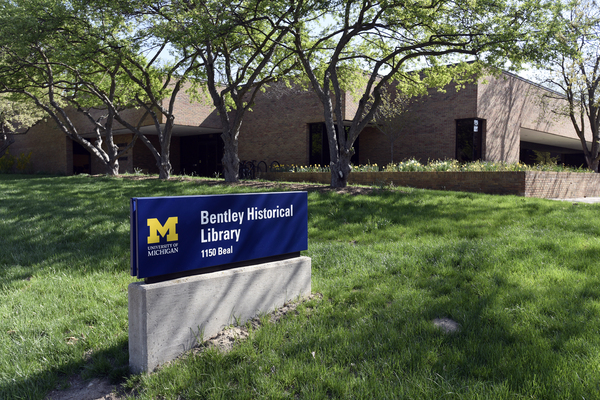Sunderland's correspondence consists of both professional and family correspondence.
The professional correspondence, especially for the years 1868-1887, delineates many of the problems and successes of the Unitarian church in the second half of the nineteenth century. Of interest is the correspondence for 1885 and 1886 when Sunderland served as general secretary of the Western Unitarian Conference and western agent of the American Unitarian Association. During this time the theological question known as "The Issue in the West" was debated heatedly in the annual church meetings. On this issue Sunderland differed with many of the other young ministers in the Western Unitarian Conference and supported the retention of a theistic basis for Unitarianism.
Some of Sunderland's correspondents during this period include J.H. Allen, Charles G. Ames, William H. Baldwin, John W. Chadwick, James Freeman Clarke, Robert Collyer, George W. Cooke, Joseph H. Crooker, James De Normandie, William C. Gannett, Edward Everett Hale, Brooke Herford, Robert G. Ingersoll, Jenkin Lloyd Jones, Minot J. Savage, Joseph Shippen, Rush R. Shippen and Charles W. Wendte.
In 1895 the British Unitarian Association sent Sunderland to India to report on the educational, social and religious conditions of the Indian people. As a result of this trip to India, Sunderland became a firm anti-imperialist, spending much of the rest of his career advocating independence for India. Sunderland made a subsequent trip to India in 1913. His correspondence files include exchanges with such Indians as Sir J.C. Bose, Sudhindra Bose, Ramananda Chatterjee, Taraknath Das, Mahatma Gandhi, Lala Lajpat Rai, Hajom Kissor Singh, and Rabindranath Tagore.
Among the Americans and Englishmen he corresponded with on the questions of India and anti-imperialism are Charles F. Andrews, Alice Stone Blackwell, W. Copeland Bowie, Will Durant, William Lloyd Garrison Jr., Richard B. Gregg, John Haynes Holmes, Myron H. Phelps, Oswald Garrison Villard and Erving Winslow. He also had contacts with such groups as the Society for the Advancement of India, the Hindustan Association of America and the American branch of the India National Congress.
In addition to Sunderland's professional correspondence, which is relatively weak for the periods 1888 to 1897, 1901 to 1906, and 1912 to 1926, the collection contains extensive family correspondence covering the years 1868 to 1910, with a few scattered letters after that time. Since the professional correspondence consists almost entirely of incoming letters, Sunderland's letters and postcards to his wife and children and the diaries which have been saved for some years are the only source for discovering his thoughts on various issues and events.
In addition to the personal correspondence in this collection, more of Sunderland's letters to his family can be in the papers of his wife, Eliza Jane Read Sunderland, his son Edson Read Sunderland, his daughter Florence Sunderland, and in the Sunderland-Safford family collection, which include the papers of Sunderland's first daughter, Gertrude Sunderland Safford. This last collection is especially rich in Sunderland family correspondence.
